Deck & Commander Strategies

Exava, Rakdos Blood Witch
An aggressive, combat-focused deck that capitalizes on Exava's ability to grant haste and double strike to creatures with +1/+1 counters, aiming to overwhelm opponents quickly.
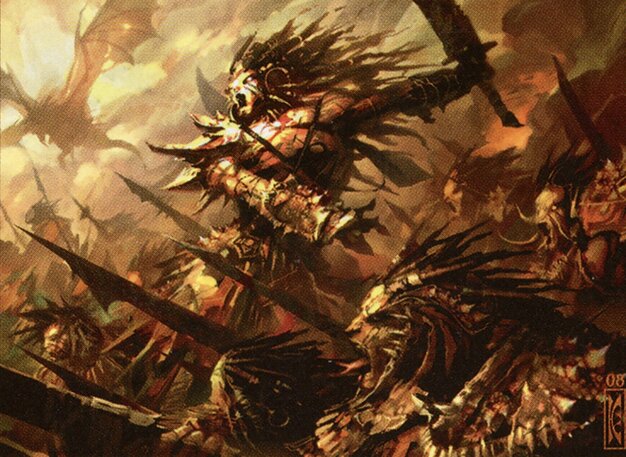
Kresh the Bloodbraided
A tribal-focused strategy that uses +1/+1 counters and sacrifice outlets, growing Kresh large through combat damage and utilizing graveyard synergies.
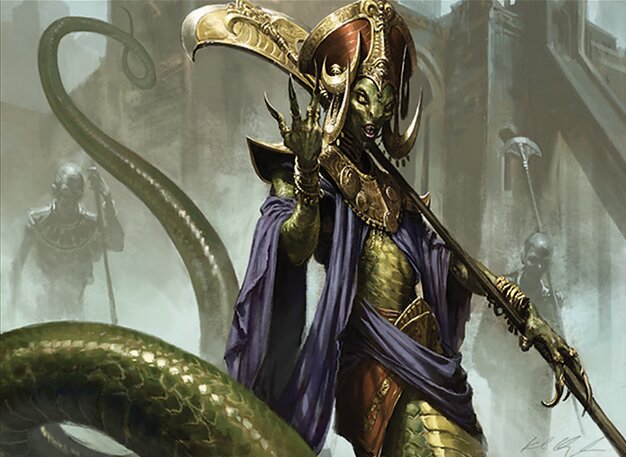
Sidisi, Brood Tyrant
A self-mill and graveyard recursion deck that generates Zombie tokens whenever creatures are milled, aiming to flood the board and control the game with attrition.

Xenagos, God of Revels
A ramp and combat-enhancement deck that grants haste and power boosts to creatures, enabling explosive turnarounds and large damage bursts.
Gameplay Insights
- 1
Players had to carefully consider their choice of classic booster box, balancing nostalgia with the availability of legendary creatures and synergy potential.
- 2
The inclusion of supplemental packs and select mana-fixing lands alleviated some color-fixing challenges inherent in older sets, allowing for more consistent deck function.
- 3
Choosing to go backwards in time restricted access to newer mechanics, requiring players to adapt strategies to older card pools and playstyles.
- 4
The availability of all legendaries from the chosen block allowed players to tailor their commander selection to the set's strengths and build around synergistic themes.
- 5
Key turning points in gameplay involved leveraging token generation, graveyard recursion, and haste effects to maintain tempo and pressure opponents.
Notable Cards
-
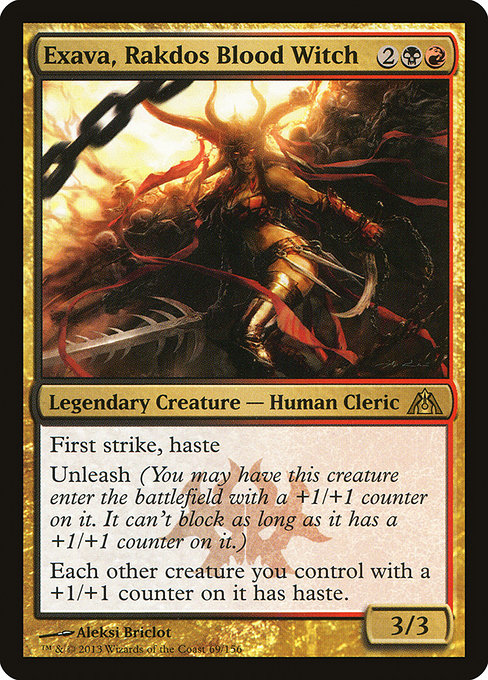
Exava, Rakdos Blood Witch
-

Kresh the Bloodbraided
-

Sidisi, Brood Tyrant
-
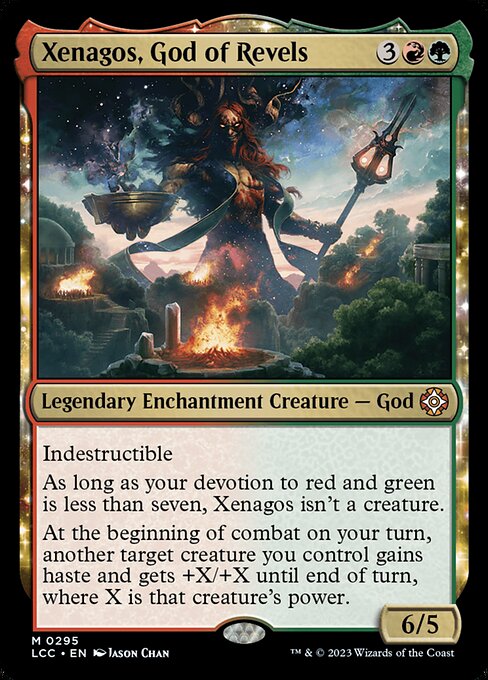
Xenagos, God of Revels
-
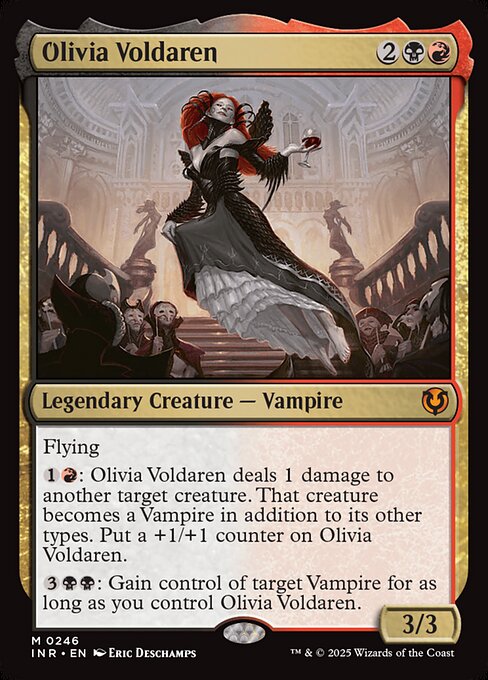
Olivia Voldaren
-
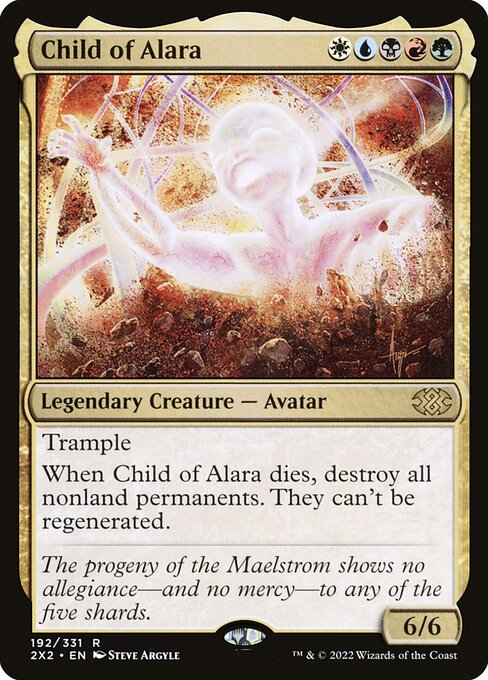
Child of Alara
-

Command Tower
-

Arcane Signet
Gameplay Summary
In this unique Commander gameplay session, the players drafted their decks by selecting from six classic Magic: The Gathering booster boxes, each representing different historic blocks.
The players committed to building decks from the chosen box's cards and had access to all legendary creatures from that block, plus supplemental packs and some basic mana-fixing lands.
The draft began with original Innistrad, then moved backwards through time to sets like Scars of Mirrodin and Shards of Alara, before arriving at Return to Ravnica.
Each player weighed the value of available legendaries and synergies, such as Infect from Scars of Mirrodin or the tricolor mana fixing and powerful legendary creatures from Shards of Alara.
The players discussed the implications of their choices and the potential strategies they could build, noting the limitations of some sets that lacked legendaries or had less synergy.
The gameplay unfolded with players piloting commanders like Exava, Rakdos Blood Witch; Kresh the Bloodbraided; Sidisi, Brood Tyrant; and Xenagos, God of Revels, each leveraging their unique abilities and the thematic cards from their chosen blocks.
Key moments included navigating mana fixing challenges and setting up combos or board control through tribal or token synergies.
The win conditions varied by deck but generally revolved around aggressive combat, token swarms, or exploiting graveyard interactions.


















![Commander Versus Series: Sidisi v. Narset v. Anafenza v. Surrak [MTG Multiplayer] thumbnail](https://i.ytimg.com/vi/P64jtTyYHd8/sddefault.jpg)
![Commander Versus Series: Deck Tech - Sidisi v. Narset v. Anafenza v. Surrak [MTG Multiplayer] thumbnail](https://i.ytimg.com/vi/CfxPrUkh1x4/sddefault.jpg)







![Commander VS Special: Kresh vs Xantcha vs Rhys vs Atraxa [EDH] thumbnail](https://i.ytimg.com/vi/3F2CvGLBGvw/sddefault.jpg)








![Commander VS S6E7: Thada Adel vs Xenagos vs Seton vs Atraxa [MTG] thumbnail](https://i.ytimg.com/vi/YH_1i08V2a8/sddefault.jpg)
![Commander VS S3E9: Nekusar vs Karona vs Xenagos vs Kiki-Jiki [MTG: Multiplayer] thumbnail](https://i.ytimg.com/vi/meqwIXTAv34/sddefault.jpg)






